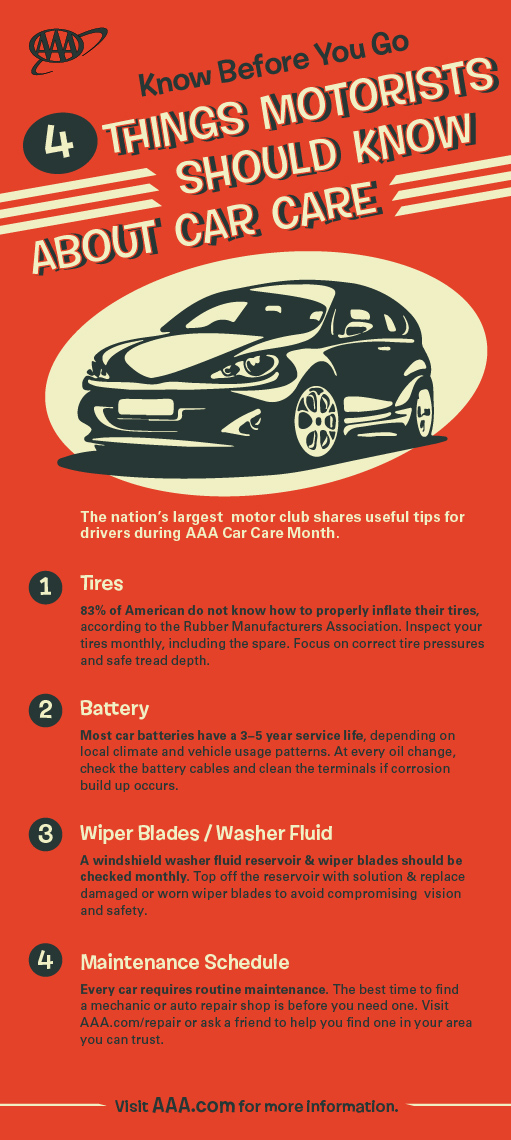Eager To Understand What The Dashboard Warning Lights In Your Car Signify? Discover Their Meanings For The Wellness And Safety And Security Of Your Vehicle
Eager To Understand What The Dashboard Warning Lights In Your Car Signify? Discover Their Meanings For The Wellness And Safety And Security Of Your Vehicle
Blog Article
Web Content Produce By-Hartley Stark
When you're behind the wheel, those beautiful caution lights on your dashboard can be a bit puzzling. Do you understand what they're trying to inform you about your vehicle's health and wellness? Understanding the importance of these lights is vital for your safety and security and the durability of your lorry. So, the following time one of those lights appears, wouldn't you want to decode its message properly and take the necessary steps to address it?
Common Warning Lighting and Interpretations
Recognize usual caution lights in your automobile and comprehend their significances to guarantee secure driving.
The most typical warning lights consist of the check engine light, which signals problems with the engine or emissions system. If this light begins, it's critical to have your lorry examined promptly.
The oil pressure advising light suggests low oil stress, needing instant attention to prevent engine damage.
A blinking battery light could suggest a damaged charging system, possibly leaving you stranded if not addressed.
The tire pressure tracking system (TPMS) light alerts you to low tire pressure, affecting vehicle stability and gas efficiency. Disregarding this can cause risky driving conditions.
The abdominal light shows an issue with the anti-lock braking system, jeopardizing your capability to quit rapidly in emergency situations.
Lastly, the coolant temperature level advising light warns of engine getting too hot, which can result in severe damages otherwise dealt with quickly.
Understanding these usual caution lights will assist you deal with concerns without delay and keep risk-free driving conditions.
Relevance of Prompt Interest
Comprehending the common caution lights in your car is only the first step; the value of promptly dealing with these warnings can not be highlighted sufficient to ensure your safety and security when traveling.
When https://brake-rotors40627.blogs100.com/31679283/are-you-curious-about-locating-the-finest-automobile-service-center-in-your-location-discover-the-leading-10-pointers-that-will-certainly-help-you-in-making-a-knowledgeable-option illuminates on your dashboard, it's your auto's way of communicating a possible issue that requires focus. Disregarding these warnings can bring about much more extreme problems later on, jeopardizing your safety and possibly costing you extra out of commission.
Motivate interest to cautioning lights can avoid malfunctions and mishaps. For instance, a blinking check engine light can show a misfire that, if left neglected, can create damage to the catalytic converter. Addressing this promptly can save you from an expensive repair service.
Likewise, a brake system warning light might indicate low brake fluid or used brake pads, crucial components for your security when driving.
DIY Troubleshooting Tips
If you notice a caution light on your dashboard, there are a couple of DIY troubleshooting tips you can try before seeking specialist aid.
The first step is to consult your automobile's guidebook to recognize what the specific warning light indicates. Sometimes the problem can be as straightforward as a loose gas cap triggering the check engine light. Tightening the gas cap may solve the trouble.
An additional usual concern is a reduced battery, which can cause various warning lights. Examining the battery links for deterioration and ensuring they're secure may deal with the trouble.
If a warning light continues, you can attempt resetting it by disconnecting the vehicle's battery for a few minutes and afterwards reconnecting it. Furthermore, examining your automobile's liquid levels, such as oil, coolant, and brake fluid, can help repair alerting lights associated with these systems.
Conclusion
In conclusion, understanding your cars and truck's caution lights is crucial for keeping your vehicle running smoothly and securely. By without car detail addressing these alerts and knowing what they imply, you can avoid costly repair services and potential break downs.
you could try these out in mind to consult your automobile's manual for particular details on each cautioning light and act appropriately to make sure a trouble-free driving experience.
Keep informed, stay safe on the road!
